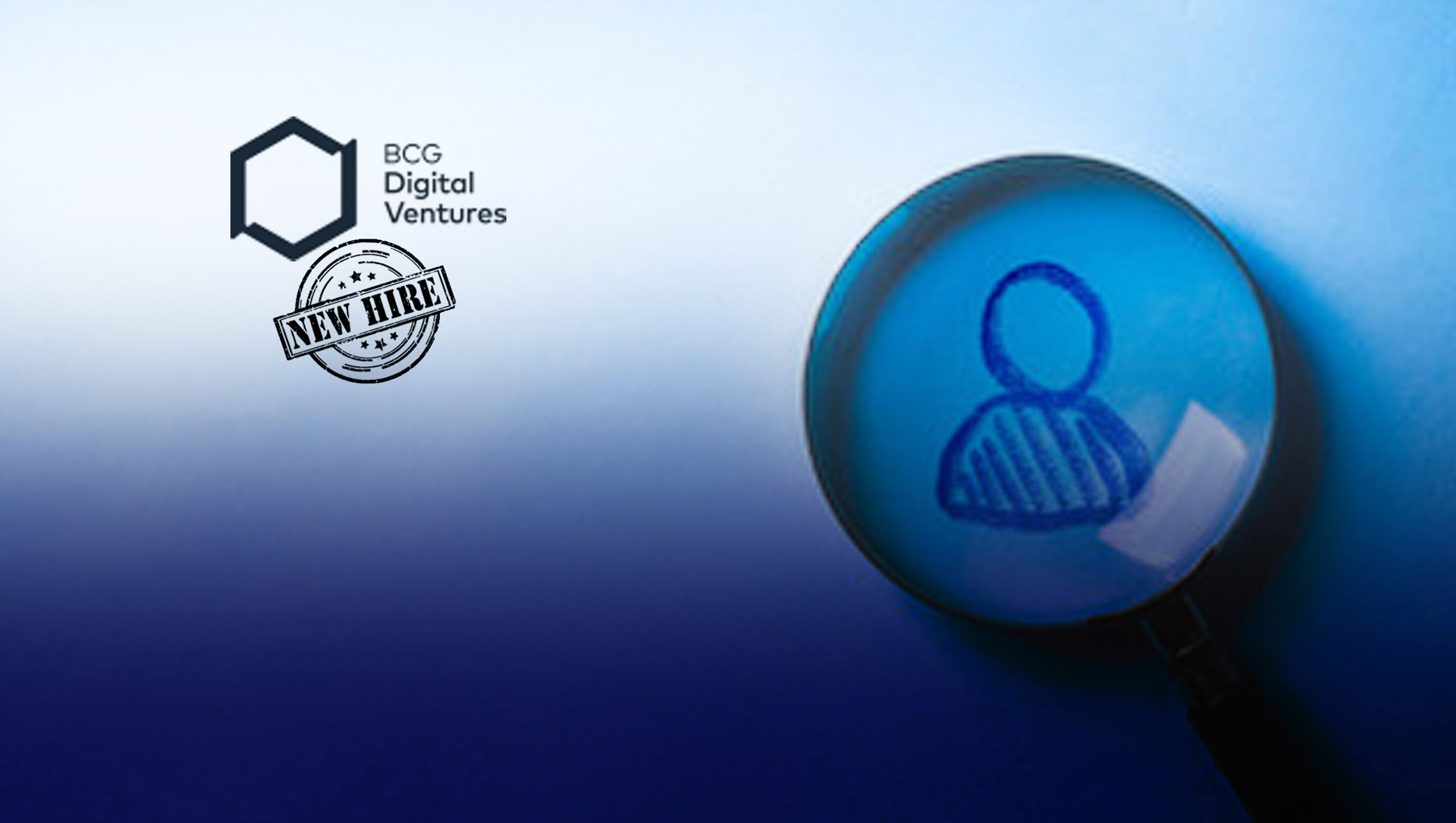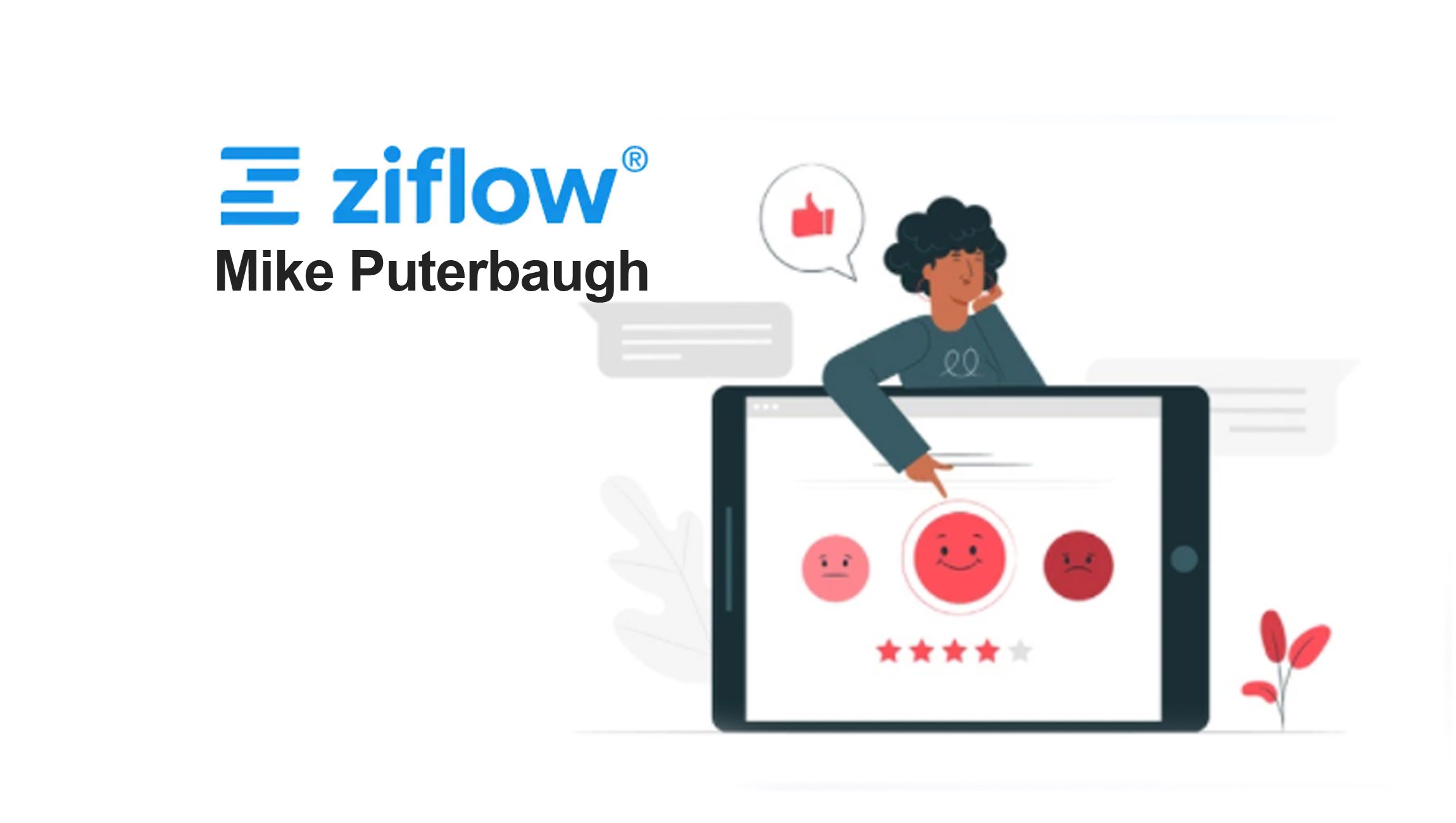A deeper understanding of your target audience allows you to properly customize your marketing and sales messaging to convey what matters at the right time to your future customers.
Audience segmentation allows marketers and sales teams to divide their audience into groups and plan different kinds of campaigns and outreach to suit those specific group interest and needs.
Targeting your marketing and sales messaging to suit a specific set of people can enable better ROI in the long-term because of the relevance this brings into each campaign.
Marketing Technology News: MarTech Interview with Charlie Silver, Founder and CEO, Permission.io
Common Practices
Audience segmentation is usually done based on certain characteristics like demographics, current buying behaviors and intent to buy, other subjective qualities, geographic location, age group, in many cases even ethnicity and income or spend brackets.
Depending on the maturity of a business, the current and short-to-long term goals of a marketing/sales team and the respective budgets that each team has in place to invest into marketing and sales campaigns and even martech/salestech tools, different teams should set the basis of their own audience segmentation fundamentals.
Demographic and geographic audience segmentation are the most common base factors that are considered here, with leading platforms like AdRoll, Facebook, Bing, Google and many others allowing marketers and sales teams to collect relevant segmentation data to make classifications.
Other Key Factors that Matter
Behavior-based segmentation
Dividing your audience into different groups based on how they buy and how they choose products and services can help marketers and sales teams understand more on why those consumers buy what they buy, how often they buy into those kinds of products and what inspires them to choose one brand over another.
Behavior based segmentation can allow marketers to then tailor messages based on when these buyers are more likely to convert based on their actual purchase behaviors. This can especially come in handy for new first-time customers and to boost retention among them.
State of Each Buyer’s Journey
The B2B buying journey has often been considered to be lengthy, complicated, time consuming with the common notion that it usually involves too many buying centres and decision-makers in the process.
Understanding the typical stages of the B2B buyer’s journey: awareness, consideration, and decision and dividing your audience based on where they are in this journey can help ensure that customized messages and campaigns are built suited to move buyer’s through each stage of this typical B2B buying journey with the eventual goal of converting them into a win.
Customer Engagement Level
Every marketing strategy has to have room where marketers constantly find ways to boost their customer engagement models and ROI. That’s one part of the process.
The other involves segmenting audiences based on their current level of engagement and interest with the organization or product – this is a feat many successful marketers use to their advantage.
Ever noticed how leading B2B and B2C brands have timely automated messages sent to you if they notice that you’ve not interacted with them in a while (especially if you were the kind who often browsed their site or ordered services/products or engaged with them via social media).
This is a result of marketing teams segmenting audiences and catering messages and retention or upselling campaigns based on the level of engagement of each customer.
Marketing Technology News: MarTech Interview with Bonnie Crater, CEO at Full Circle
Customers who have signed up for a newsletter, ordered or subscribed to a product and availed of new offers when put into a single group can be nurtured and remarketed to more successfully as opposed to when this same subset of users are put into a bigger audience group and sent generic marketing messaging.
Device and Channel based Segmentation
Today’s customers are active across different channels and mediums, emails, phones, social media, desktops, tablets, – the list is long.
More than half of your users will be using a range of portable devices like mobiles to read through your campaigns and to browse your website. This is just the first part, the other involves understanding how differently users use each of these channels and devices to meet their buying needs.
Research suggests, between 25 and 30% of millennials are mobile-first internet users who use their tablets and smartphones the way other people use desktops and laptops.
This is crucial for marketers to understand so that they can accordingly build buying experiences to suit different channels and devices (buy direct from email, for instance) or to suit smaller screens in situations where it’s noticed most buyers order services or products using their mobile.
This level of personalization allows marketers to properly optimize messages and structure campaigns that can pique the interest of the customers and prospects because they are delivered in a manner that will resonate with that audience.
Audience Segmentation is an Evolving Process
With marketers now having access to far too much data and insights on customer behaviors, what takes on higher levels of priority is setting processes in place to understand this data and build models that can allow different teams to use and capitalize on these insights in a short time, in order to drive customer interest, journeys and successful conversions.
Every marketer has to constantly set new standards and goals to their audience segmentation practices while continuously assessing what kind of segmentation will work better for them. A combination of multiple segmentation steps and strategies are crucial to knowing your audience and knowing what triggers their buying interest including how and when.
When marketers use different audience segmentation capabilities and strategies to build stronger processes, it will lead to better sales, more customer wins and more importantly, repeat purchases.
Marketing Technology News: MarTech Interview with Carrie Palin, SVP & CMO at Cisco











